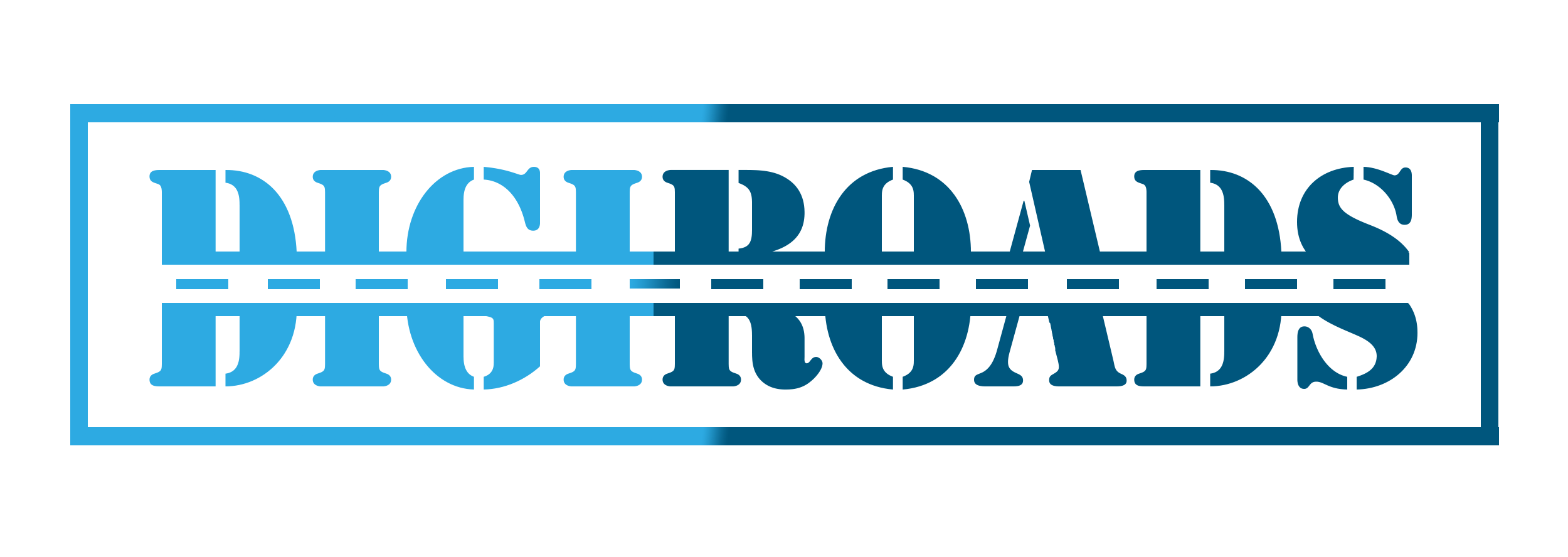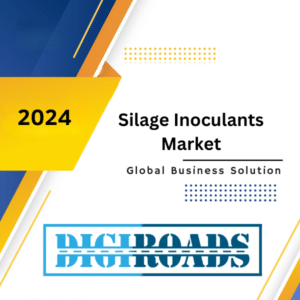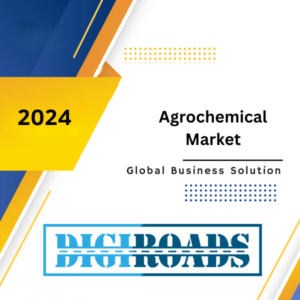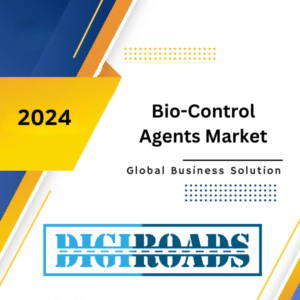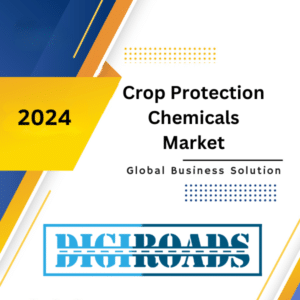Description
Latam Crop Protection Market: Opportunity Analysis and Industry Forecast, 2024-2034
Latam Crop Protection Market Overview:
The Latam Crop Protection Market is projected to grow from USD 23.40 billion in 2024 to USD 35.50 billion by 2034, at a CAGR of 4.1 % during the forecast 2024-2034.
The Latin America (LATAM) crop protection market is a vital component of the region’s agricultural sector, driven by factors such as increasing population, expanding food demand, and the need for higher agricultural productivity. This market encompasses various products, including pesticides, herbicides, fungicides, and insecticides, designed to protect crops from pests, diseases, and weeds.
Globally, the Latin American market is the 2nd fastest-growing market for crop protection chemicals, and it accounts for more than 23% of the global market share. Joint ventures and new product launches are the major strategies followed by Latin American companies. The pesticide market in Latin America is consolidated, with the top few companies holding the major share, whereas the biopesticide market is fragmented.
One of the key drivers of the LATAM crop protection market is the region’s extensive agricultural land, favorable climatic conditions, and diverse range of crops. Countries like Brazil, Argentina, and Mexico are major contributors to the market due to their large-scale agricultural production.
Additionally, growing awareness among farmers about the importance of crop protection in ensuring optimal yields and quality is fueling market growth. With rising concerns about food security and sustainability, there’s an increasing emphasis on integrated pest management (IPM) practices and environmentally friendly crop protection solutions.
However, challenges such as stringent regulatory frameworks, environmental concerns, and the emergence of pesticide-resistant pests and diseases pose significant hurdles to market expansion. Nonetheless, technological advancements, innovative product formulations, and strategic collaborations are expected to drive growth in the LATAM crop protection market, offering opportunities for stakeholders to address these challenges and meet the region’s growing agricultural needs.
Latam Crop Protection Market – Report Coverage:
The “Latam Crop Protection Market Report – Forecast (2024-2034)” by Digiroads Consulting, covers an in-depth analysis of the following segments in the Latam Crop Protection Market.
| Attribute | Segment |
| By Origin |
|
| By Mode Of Action |
|
| By Application |
|
| By Location |
|
Recent Developments :
Focus on Bio-Based Solutions: There’s a growing interest in bio-based and eco-friendly crop protection solutions. This is being driven by factors like stricter environmental regulations and rising consumer demand for sustainable agricultural practices.
Challenges Persist: Lengthy product registration processes and navigating the complex regulatory landscape remain significant hurdles for companies entering the Latam market.
Evolving Crop Focus: The increasing demand for plant-based foods is influencing crop protection trends. Farmers are likely to require solutions for a wider variety of crops, including fruits and vegetables, to meet this growing market segment.
Latam Crop Protection Market- Dynamics:
- Growing Agricultural Sector: The agricultural sector in LATAM is expanding rapidly to meet the increasing demand for food. This growth is driven by factors such as population growth, urbanization, and changing dietary preferences. As a result, the demand for crop protection products to safeguard agricultural yields is rising.
- Pesticide Usage Patterns: Pesticides, including herbicides, insecticides, and fungicides, are widely used in LATAM agriculture to combat pests, diseases, and weeds. The adoption of genetically modified (GM) crops, such as herbicide-tolerant soybeans, has led to increased herbicide usage. Furthermore, the prevalence of tropical climates in many LATAM countries creates favorable conditions for pest proliferation, driving the demand for insecticides and fungicides.
- Regulatory Environment: The regulatory landscape significantly impacts the LATAM crop protection market. Governments are imposing stricter regulations on pesticide registration, usage, and safety standards. Compliance with regulations, including maximum residue limits (MRLs) and environmental protection measures, is essential for market access.
- Emergence of Bio-based and Integrated Pest Management (IPM) Solutions: Growing environmental concerns and consumer preferences for sustainable agriculture are driving the adoption of bio-based crop protection products and IPM practices. Biopesticides and biological control agents offer effective alternatives to synthetic pesticides, promoting ecological balance and reducing chemical residues in food.
- Crop Resistance and Pest Management Challenges: Pesticide resistance among pests and diseases is a significant challenge in LATAM agriculture. Continuous use of certain pesticides has led to the development of resistant strains, necessitating the development of new formulations and management strategies.
- Trade and Economic Factors: LATAM countries are major exporters of agricultural commodities, making international trade an essential aspect of the crop protection market. Currency fluctuations, trade agreements, and global market demand influence the purchasing power and market dynamics of crop protection products in the region.
- Technological Advancements: Innovations in crop protection technologies, such as advanced formulations, precision application methods, and digital agriculture tools, are driving market growth. These technologies improve the efficacy, safety, and sustainability of crop protection products, enhancing their appeal to farmers.
Key Market Players:
Product/Service launches, approvals, patents and events, acquisitions, partnerships and collaborations are key strategies adopted by players in the Latam Crop Protection Market. The top 10 companies in this industry are listed below:
- ADAMA
- BASF
- Bayer
- Corteva
- FMC
- Sumitomo Chemical1
- Syngenta Crop Protection
- UPL
- DowDuPont
Key Benefits For Stakeholders:
-
- Farmers:
- Increased Crop Yields: Crop protection products safeguard crops from pests, diseases, and weeds, ensuring higher yields and better quality produce.
- Enhanced Profitability: By protecting their crops, farmers can avoid losses due to pest damage, leading to increased profitability and economic stability.
- Improved Food Security: With higher yields and reduced crop losses, farmers contribute to enhancing food security in the region by ensuring a steady supply of food.
- Farmers:
- Crop Protection Product Manufacturers:
-
-
- Market Growth Opportunities: The growing demand for crop protection products in LATAM presents manufacturers with significant market expansion opportunities.
- Diverse Product Portfolio: Manufacturers can offer a wide range of crop protection products tailored to different crops, pests, and diseases prevalent in the region.
- Research and Development: Investing in research and development of innovative crop protection solutions allows manufacturers to stay competitive and address evolving pest and disease challenges.
-
- Retailers and Distributors:
-
-
- Increased Sales and Revenue: Retailers and distributors benefit from increased sales and revenue by supplying crop protection products to farmers.
- Market Penetration: Offering a variety of crop protection products allows retailers and distributors to penetrate new markets and expand their customer base.
- Customer Loyalty: Providing reliable access to high-quality crop protection products builds trust and loyalty among farmers, leading to repeat business.
-
- Government and Regulatory Authorities:
-
-
- Environmental Protection: Crop protection products regulated by governments ensure adherence to safety and environmental standards, minimizing adverse effects on ecosystems.
- Agricultural Development: Supporting the safe and responsible use of crop protection products contributes to the development of sustainable agricultural practices and increased agricultural productivity.
- Public Health Protection: Regulatory oversight ensures that crop protection products are safe for use, protecting farmworkers and consumers from potential health hazards.
-
- Consumers:
-
- Access to Safe and Affordable Food: Consumers benefit from the availability of a diverse range of high-quality, affordable fruits, vegetables, and grains protected by crop protection products.
- Food Quality and Variety: Crop protection products help maintain the quality and variety of food available to consumers by protecting crops from damage and disease.
We have studied the Latam Crop Protection Market in 360 degrees via. both primary & secondary research methodologies. This helped us in building an understanding of the current market dynamics, supply-demand gap, pricing trends, product preferences, consumer patterns & so on. The findings were further validated through primary research with industry experts & opinion leaders across countries. The data is further compiled & validated through various market estimation & data validation methodologies. Further, we also have our in-house data forecasting model to predict market growth up to 2034.
Contact us for any inquiry.
Table of Contents
- INTRODUCTION
1.1 Study Assumptions & Market Definition
1.2 Scope of the Study
- RESEARCH METHODOLOGY
- EXECUTIVE SUMMARY
- MARKET DYNAMICS
4.1 Market Overview
4.2 Market Drivers
4.3 Market Restraints
4.4 Porter’s Five Forces Analysis
4.4.1 Bargaining Power of Suppliers
4.4.2 Bargaining Power of Buyers
4.4.3 Threat of New Entrants
4.4.4 Threat of Substitute Products
4.4.5 Intensity of Competitive Rivalry
- MARKET SEGMENTATION
- By Origin
- Synthetic
- Bio Based
- By Mode Of Action
- Herbicide
- Fungicide
- Insecticide
- Other Modes of Action
- By Application
- Grains and Cereals
- Pulses and Oilseeds
- Fruits and Vegetables
- Commercial Crops
- Turf and Ornamentals
- By Location:
- Brazil
- Argentina
- Chile
- Rest Of Latin America
- COMPETITIVE LANDSCAPE
6.1 Most Adopted Strategies
6.2 Market Share Analysis
6.3 Company Profiles
- ADAMA
- BASF
- Bayer
- Corteva
- FMC
- Sumitomo Chemical
- Syngenta Crop Protection
- UPL
- DowDuPont
- MARKET OPPORTUNITIES AND FUTURE TRENDS
